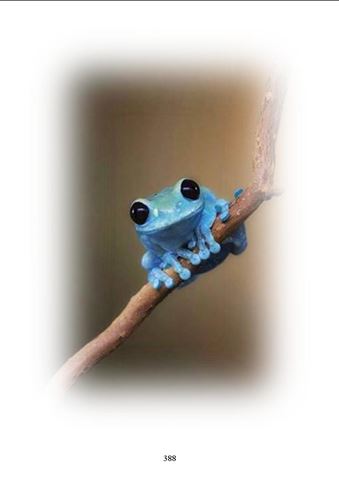
The term vignette (adapted from a word in Middle French meaning little vine) referred originally to a decorative design, usually small, used in books and manuscripts, and having edges shading off into surrounding paper. It is also a photograph with edges shading off into the background. The term gained its literary sense in the late 19th century.
IN LITERATURE
What sets the vignette apart from other literary genre? In a nutshell: It differs from flash fiction by dispensing with the introduction and conclusion found in the latter genre. Remember the one rule of the vignette: create an atmosphere, not a story.
A vignette is often considered poetic prose/prose poetry. It is a short and focussed narrative sketch using evocative language to express a certain moment, mood, aspect, setting, character, or object, juxtaposing it in sharp focus against a lost background. It often includes the poetic devices imagery and metaphor. It might be factual or fictional in content; a standalone piece, or part of a larger script; it records a character’s immediate experience; it is not genre specific and only uses one POV per sketch. It might be as short as a few sentences, or it may have as many as ±800 words per piece. In certain aspects it might be likened to the couplet to be found in poetry: it packs a powerful punch on its own, or enhances the poem it forms part of, for example, a sonnet. It is usually left untitled.
The vignette is the ideal vehicle to cleanse your palate, so to speak, between bouts of writing poetry, or to overcome the dreaded writer's block.
MY EXAMPLES FOR COMPARISON
Vignette - 45 words
I stood on the platform of my youth. The weeds are growing between the railway sleepers where the tracks have rusted in situ. The trains will never run again. Over the past thirty years our government had systematically neglected the basic rights of its citizens.
Micro-fiction (a subset of flash fiction) – 100 words
I stared out of the kitchen window and noticed that the daffodil heads hung broken by the unexpected cold snap; the life sap frozen in them.
I turned back to my daughter where she sat crying at the kitchen table. I had just instructed her in a similar vein as my recently deceased mother had done when my husband’s infidelity had come to my notice. I can’t cry for that woman, my erstwhile confidante. Many years ago, Mum had told me not to bring shame upon this family by divorcing my cheating husband. Eventually, he’d died in another woman’s arms.
***
Furthermore, in poetry, the vignette (a micro poem -- not under the poetic options here on Poetry Soup.com) is formatted in open form and left untitled. It can include several short stanzas. For multiple vignettes (on the same theme) each should be labelled by a number or a letter, most commonly by Roman numerals. It does not necessarily employ metre or rhyme. This might well be the answer to those poets who favour writing haiku in rhymes.
MY EXAMPLE
I
a tick-tocking in treble
dauntingly dribbling down
like water washing away wishes
II
methodical metronome of metre
evades my endeavours
silence of the iambs
III
stanzas blatantly ignored
formalistic poetic posits
that bamboozle brainiacs
***
Then there is ‘The Vignette’, an invented syllabic verse form introduced by Fozari Rockwood, found in Pathways for the Poet, by Viola Berg, 1977. The Vignette is an untitled, unrhymed, hexastich poem in 6 lines: 2-4-4-6-7-3 syllables per line.
MY EXAMPLE
Steaming
bowl of porridge;
cold cutlery.
A threadbare tablecloth
covering the pockmarked wood.
Impatient.
[Edited 11/2/2025]
Sources:
1. Vignette - Definition and Examples - Poem Analysis
2. Vignette – Poetry Forms (poetscollective.org) – an old article where the description of the vignette poem and the following example appeared:
EXAMPLE
Bereft
I
Intellectually I am
aware the meter matters
and would like my poems to sound
as though a poet had dropped by
II
But within my head
I have no metronome
and when the dictionary
gives alternates for stress
or worse, it show none of
“I’m lost”
III
A missing gene perhaps?
It’s sad to encounter
the silence of the iambs
(©) Lawrencealot – February 16, 2013
3. AI OVERVIEW OF THE VIGNETTE (MICRO POEM), 11/2/2025
Sun-dappled leaves,
Whispering secrets to the breeze,
A fleeting moment,
Caught in the golden haze.
Explanation: This micro poem captures a brief, sensory-rich scene, focusing on the detailed imagery of sunlight filtering through leaves and the gentle movement of the wind, which is the essence of a vignette.
Key points about a vignette:
- Short and focused: Like this micro poem, a vignette aims to capture a single moment or impression rather than telling a full story.
- Descriptive language: Vivid imagery and sensory details are crucial to create a clear picture in the reader's mind.
- Snapshot of a scene: It's like a zoomed-in lens on a specific moment in time.